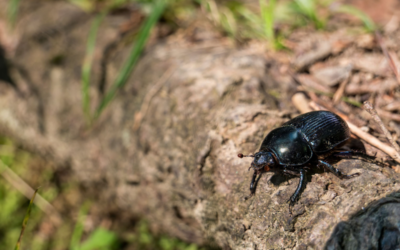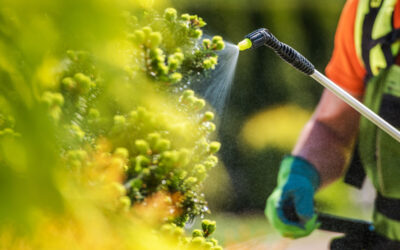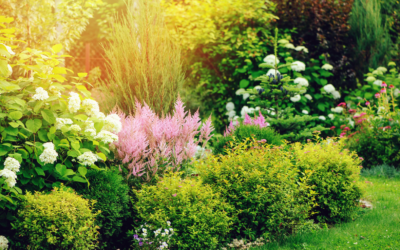Just like a toddler’s tender skin, the bark of young trees hasn’t had time to toughen up. Colorado’s winter weather is particularly hard on immature trees with its extreme fluctuations in temperature and moisture. This is especially true of young thin-barked trees like mountain ash, maples, honey locust, willows and fruit trees that are exposed to the sun’s intense low rays on the south and southwestern sides of their trunks.
Risk of Sunscald
Even on cold days, the warmth of direct, high-altitude sunlight can cause dormant bark cells to become active. Then when the sun sets, the cells freeze and die, preventing moisture from flowing up the tree to nourish it. This is known as sunscald and when it happens, part of the tree’s top can die back and the entire plant becomes susceptible to attack by enemies like fungi and insects.
Tree Trunk Wrap Protects and Insulates
The best way to prevent sunscald is by reflecting the sunlight and insulating the tree’s trunk. Commercial orchard growers often use white latex paint on fruit trees to fight sunscald, but that’s not an appropriate choice for decorative landscape trees. The better way is to use a crepe paper trunk wrap on vulnerable trees during the winter months. It’s inexpensive, simple, and can be removed easily in the spring when the sun is higher and leaves give natural shade to the tender bark. Wrapping the trunk also discourages squirrels, rabbits and other rodents from eating the bark in the winter when food is scarce.
Proper Wrapping Technique
Proper wrapping starts with securing the paper at the base of the tree and proceeding upward to a point above the second branch in an overlapping spiral. Wrapping upward lets water run smoothly down the outside of the tape like shingles on a roof, otherwise the edge of the tape will face upwards, trapping moisture and causing problems. The top of the wrap is secured with an elastic tape that expands with growth. The wrap must be removed in the spring to prevent disease and insect infestation. Trees with south and west exposure are most in need of wrapping; those on north and east sides of buildings may be protected by the structures’ shade.
Wrapping a single tree takes about 30-45 minutes to do properly, so it may be something you want to tackle yourself. But if you have several trees to wrap, or just don’t want the bother, the tree care experts at Donovan Arborists are ready to help.
We’re locally-owned, internationally-certified arborists with 21 years’ experience in caring for trees in the unique environment of Colorado’s Front Range. We offer free estimates for tree planting, wrapping, pruning, removal, cabling and bracing as well as trimming, transplanting and fertilizing shrubs and bushes. We’re dedicated to protecting your landscape investments in an environmentally responsible manner. We are passionate in our work and believe trees are a major reason Colorado is such a great place to live and work. Call us at 303-623-8733 to learn more.




